UMF student Isaiah Wilson-McFarlane ’20 trains his lens on the beauty and science of our host state.
If you’ve been following the work of photographer and science writer Isaiah Wilson-McFarlane ’20 in the past few issues of Farmington First, you probably know his fondness for the ridgelines, woods, and waters not far from campus. But with the advent of spring — and more passable roads — comes an opportunity to look beyond favorite local haunts and consider instead the natural splendor that lies southeast. So for his March 2019 reflections, Wilson-McFarlane ’20 takes us away from the land of moose and loons to the region of our state better known for lobsters and lighthouses. Perhaps his photographic tour will inspire plans for a day trip to the coast — and a different perspective on the geology of downeast Maine.
— Marc Glass, director of advancement
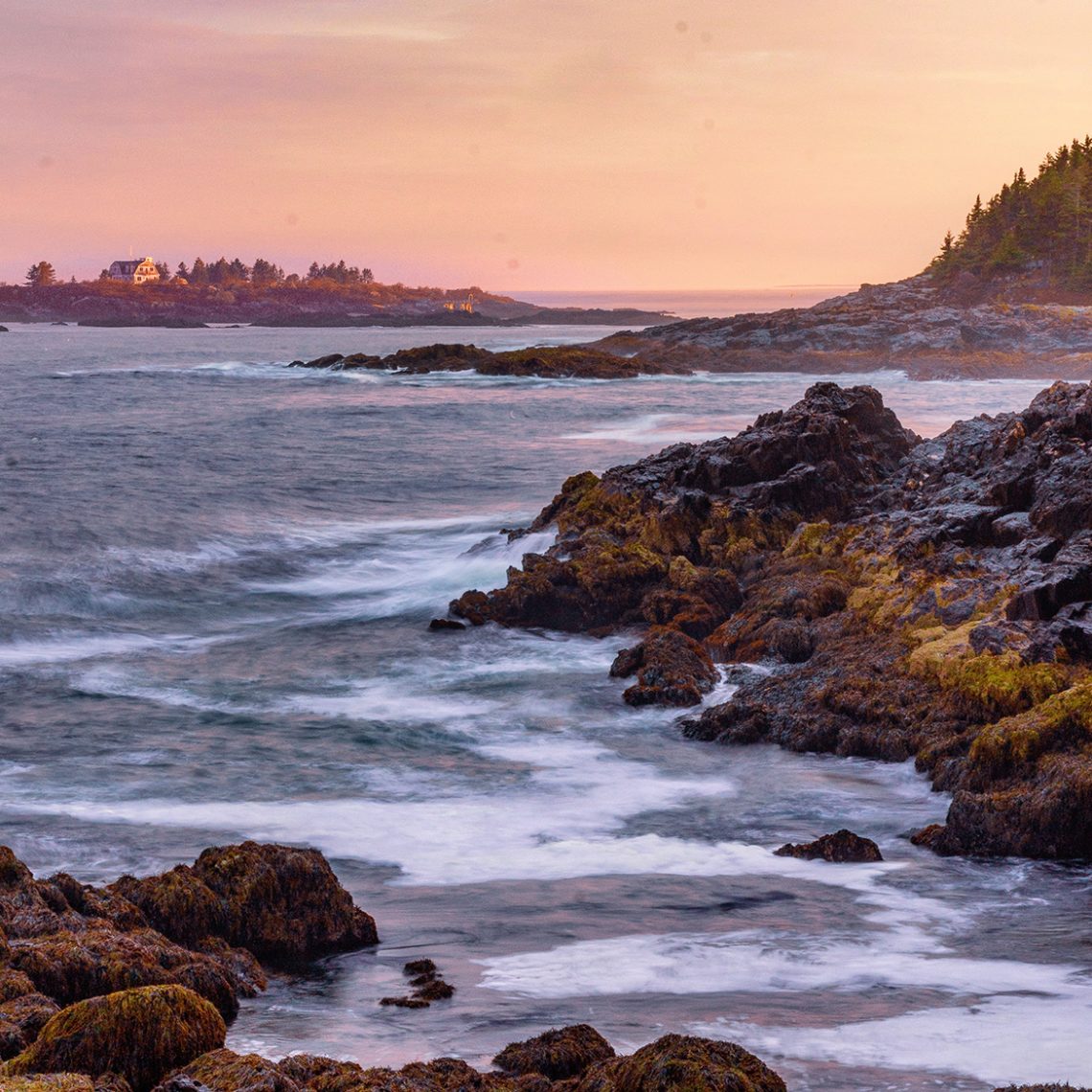
The view from Giant’s Stairs, McIntosh Lot Preserve, Harpswell, Maine.
When I stood above the Giant’s Stairs rocks on Bailey Island facing east across the Atlantic, the impression I was left with was one of imutableness. As the sun set behind me, I watched the moon slowly coax water away from the cliffs, and I wondered for how many tens of thousands of years the tide had been eating away at the rocks on which I stood. The Atlantic stretches east over 3,716 miles to our European neighbors. In the Pacific Ocean, the maximum depth at the Mariana Trench is almost 9,000 feet deeper than Mount Everest is tall (29,000 ft). Five hundred and thirty more people have been to space than have explored the Mariana Trench, and for good reason. There have been two vessels that made it to the bottom; one piloted by two French nationals in the 1960s, and one by Hollywood director James Cameron in 2012. Their vessels withstood 15,000 pounds per square inch of pressure.
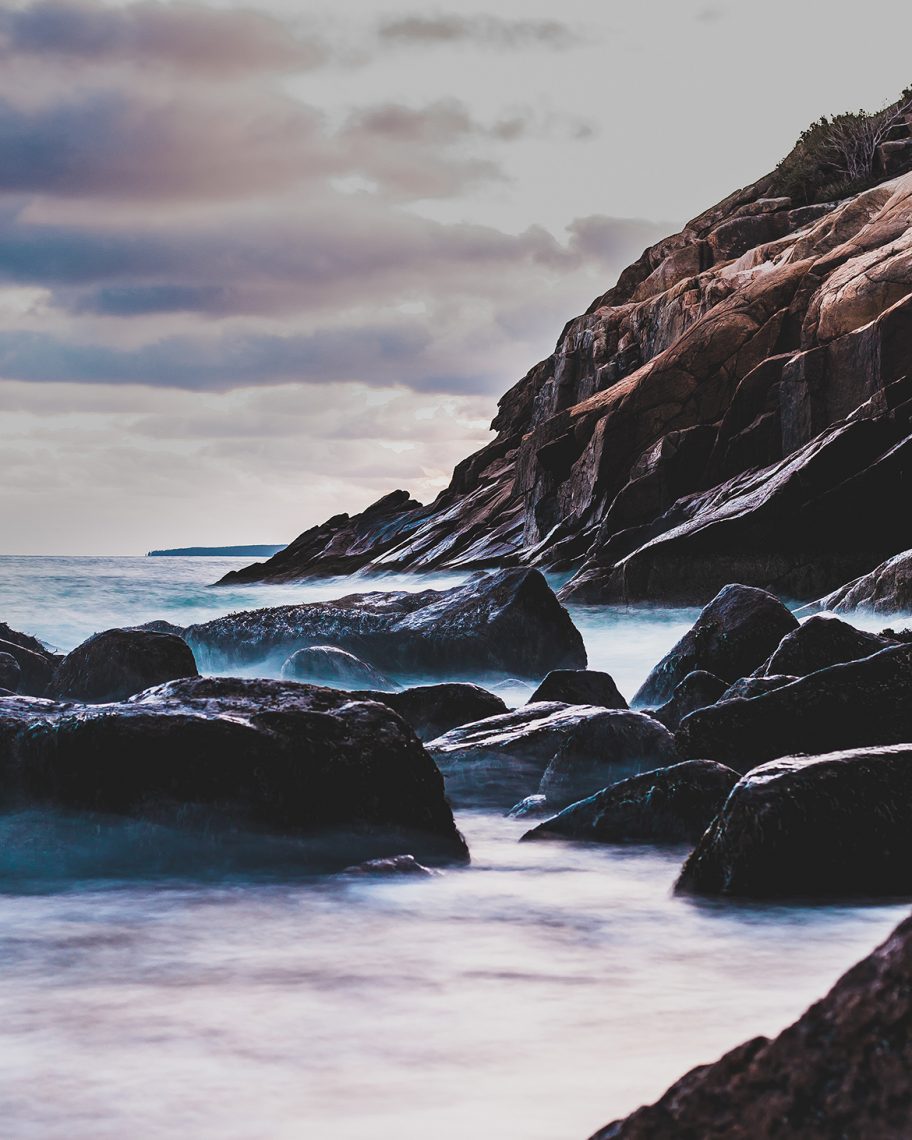
Sand Beach, Acadia National Park, Maine.
The oldest ocean is almost 23 times younger than the Earth itself. If you live between Vermont and Portland, Maine, you reside on what used to be the Lapetus Ocean floor. Most of the original rock has been metamorphosed, effectively erasing any fossil specimens. Between 500 and 345 million years ago, a convergent plate boundary between the North American plate and a micro-continent called Avalonia began subducting, and the plate area underneath the Lapetus Ocean between these plates was folded and compressed as the two plates began colliding. This is what created the Appalachian Mountains, which were actually originally as big as, if not bigger than, the Rocky Mountains of the American West. They are just a lot older and have undergone much more erosion. Dozens of glaciers have ground the mountains into sediment that now sits at the bottom of the Atlantic. This process of continental rifting, ocean basin formation, closing the ocean basin, and continental collision is called the Wilson Cycle, and it has occurred as long as there have been active plate boundaries on the surface of the Earth.
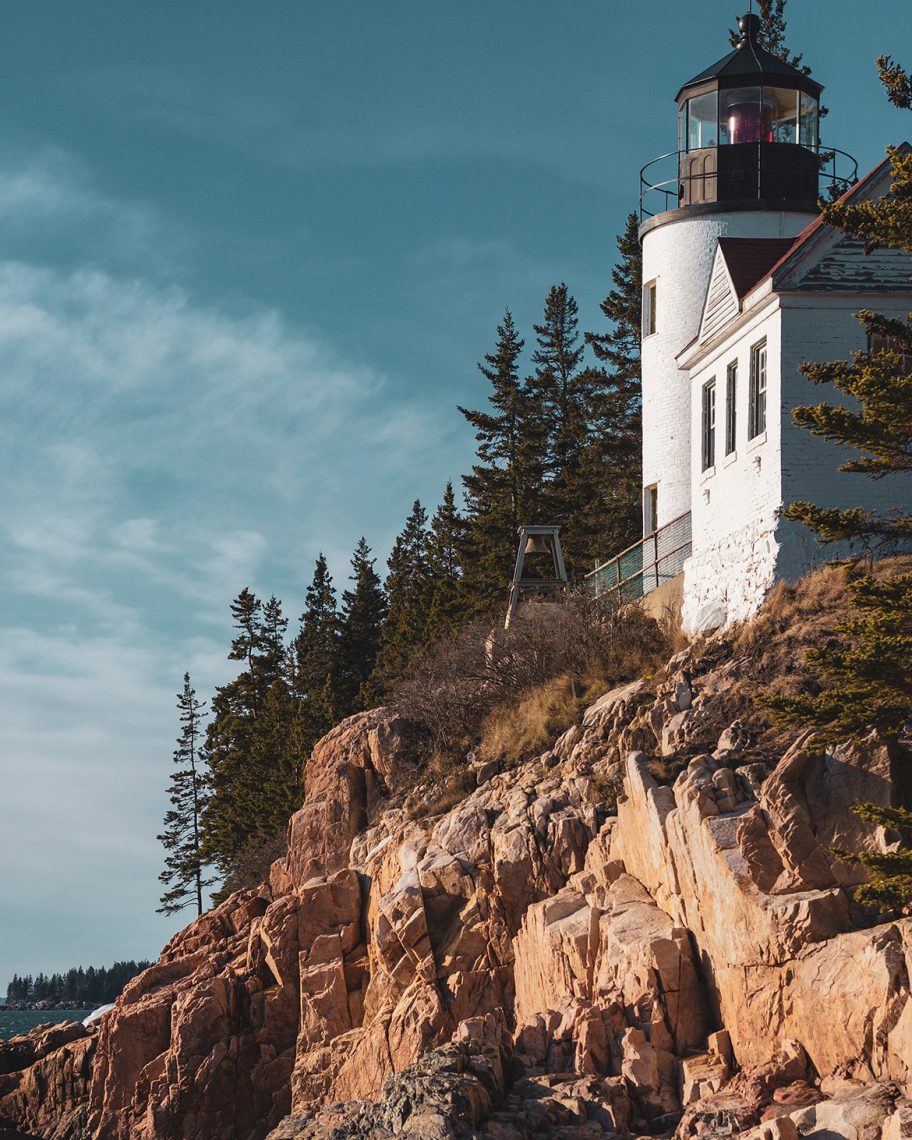
Bass Harbor Head Lighthouse, Bass Harbor, Maine.
In Acadia, where many of these pictures were taken, there is much evidence of the continental collision that took place. What is now known as Ellsworth schist used to be at the bottom of the Lapetus Ocean until tectonic activity brought it to the surface. At that same time, volcanoes were erupting in Acadia, throwing ash and pink igneous rock into the sky. This chaotic time is evident in the Bar Harbor formation, which includes the light colored Cranberry Islands as well as the slower cooling intrusive granite coming through the quartz and schist layers around the island. In fact, Cadillac Mountain is a 1,500-foot-high, slowly cooled granite outcrop formed by tectonic movement and volcanic action. It’s also a great place to see the volcanic islands in the surrounding water.
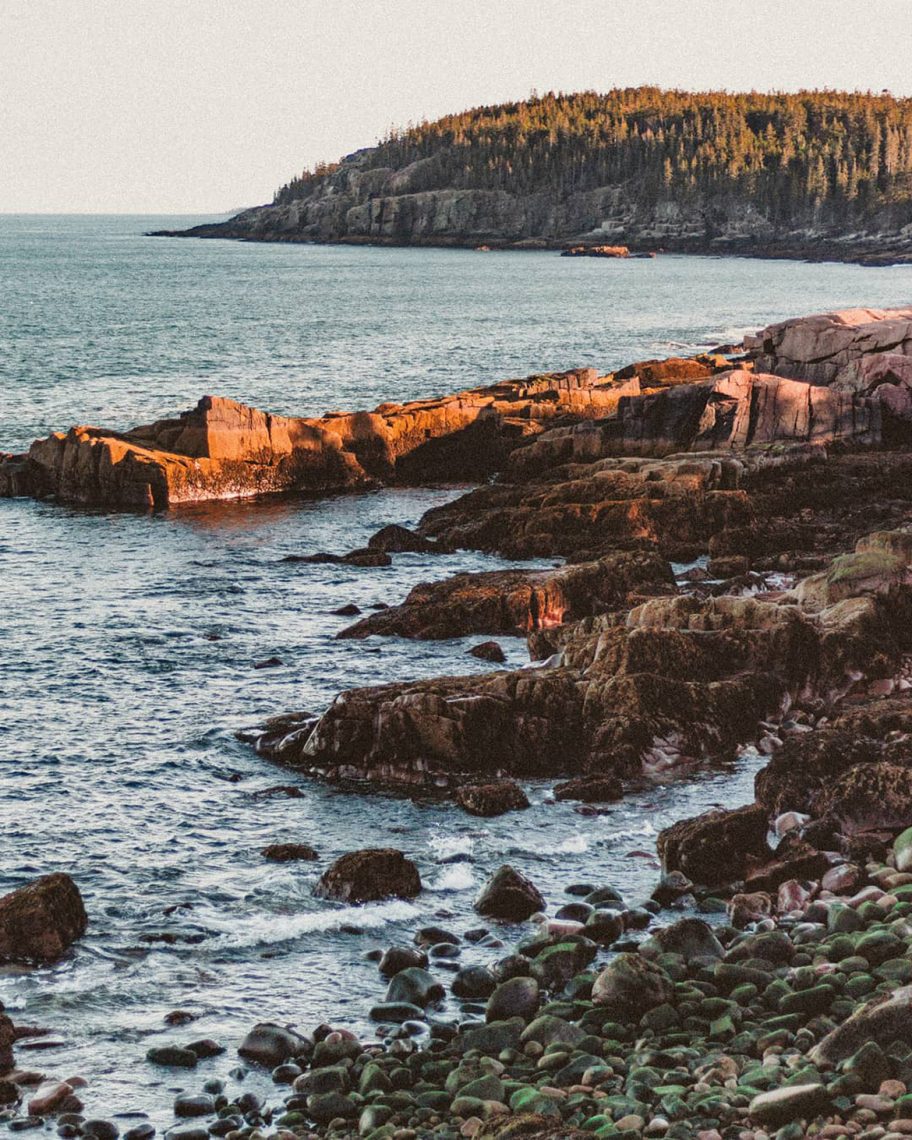
From Thunder Hole, Acadia National Park, Maine.
In a vacuum, this information may not seem very demonstrative of the way that the rest of the Earth is operating biologically, but plate tectonics is one of the main reasons that life looks the way it looks presently. For example, several of the past ice ages were most likely triggered by large supercontinents undergoing the Wilson Cycle at the South Pole. Here’s why: When a large landmass is covered with snow, much more of the incoming solar radiation is reflected back into space instead of being absorbed by a darker surface covered by dirt and rock. There were also times in the Earth’s history when temperatures were higher than they are now. The world’s oceans have had a major influence in the climate throughout history as well. In climate models, water is effectively a heat sink. The ocean is constantly moving energy around the globe. For example, London is farther north than Maine is, but its average winter temperatures are in the low 50s. This is because the Gulf Stream carries warm water up the East Coast, and across the ocean to dump its heat into western Europe. Changing temperatures over time, as well as oxygen levels in the atmosphere, have opened and closed niches of life, most of which have occurred in the oceans — and which led to human emergence 130,000 to 40,000 years ago.
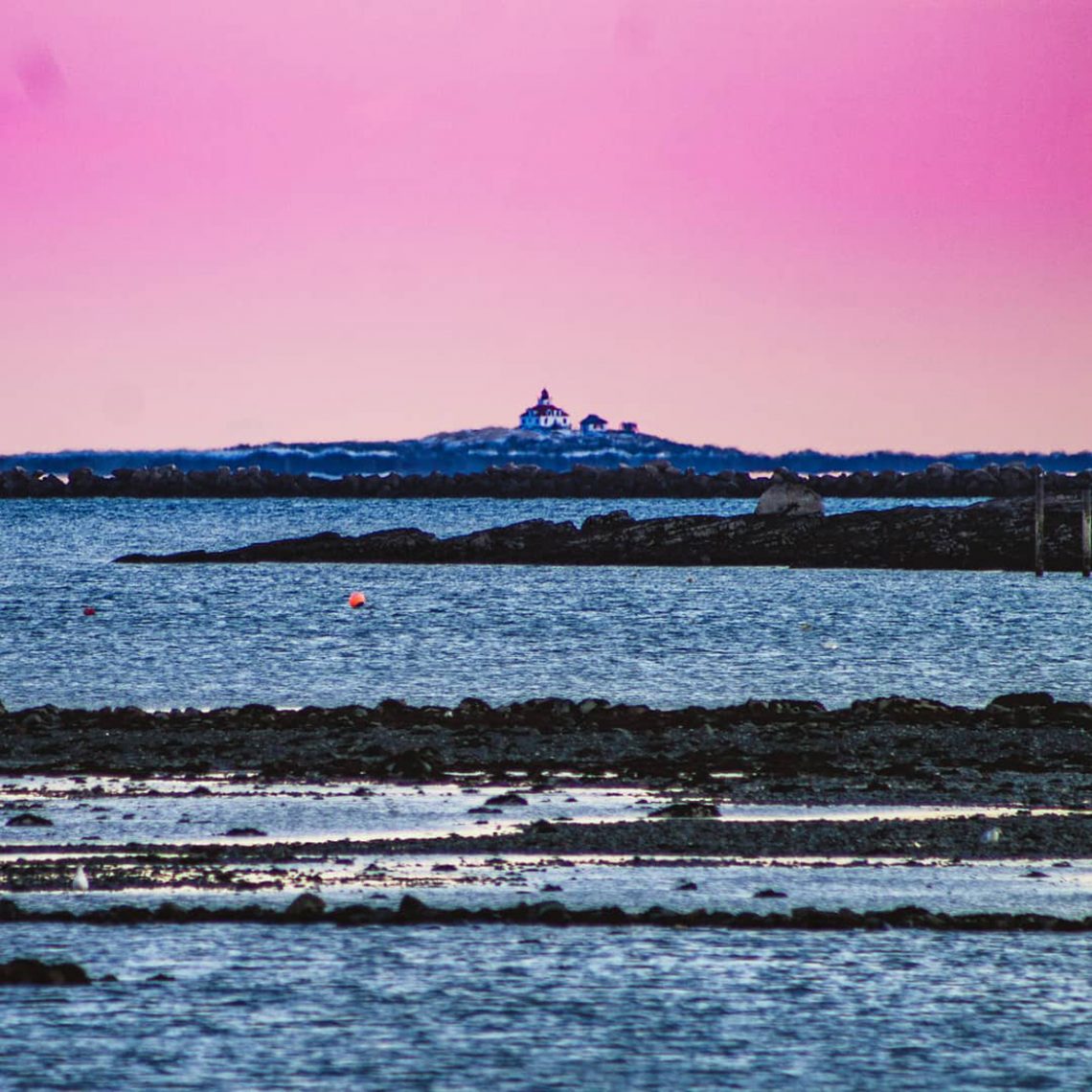
Bar Island, Gouldsboro, Maine.
Humans have historically regarded the oceans as a source of food, a means of transportation, a way to establish political boundaries, and even as a theater for warfare. We look at the oceans as a beautiful place to experience nature (go to Thunder Hole in Acadia during a storm!) and as a place for relaxation, but they are much more than that. The oceans are the very thing that nurtured life on Earth. Consider that the next time you go to the coast and watch the waves crash on the tectonically shaped bedrock below your feet. Try to picture Morocco, Africa, and Nova Scotia touching hundreds of millions of years ago. Each picture I take of the coast is a snapshot in time of a constantly changing system that we are all a part of.


